Cyber Monday 2025 eCommerce Shatters Records
Reading Time: 3 minutesSummary Cyber Monday 2025 has officially become the largest online shopping day…
In 2024, out-of-stock rates surged to 39% for high-demand SKUs by Day 2 of Cyber Week — and 72% of shoppers switched brands when their first choice was unavailable. BFCM 2025 won’t just be about record-breaking revenue — it’s going to be the fiercest logistics battleground eCommerce has ever seen. Consumer expectations have shifted: shoppers now buy from whoever delivers fastest, not just whoever discounts deepest.
In this environment, fulfillment speed is no longer an operational checkbox — it’s a direct conversion driver. Brands that can forecast accurately, stock strategically, and fulfill flawlessly will dominate. Those that don’t? They’ll watch competitors scoop up sales in real time.
The first step to avoiding these pitfalls is having a precise, data-backed demand forecast — one that’s realistic, SKU-specific, and informed by past trends and future triggers.
CedCommerce Cheat Sheet
Q: What makes inventory planning for BFCM 2025 different from regular Q4 sales?
A: Unlike typical Q4 sales periods, BFCM compresses a season’s worth of demand into a few days. The combination of deep discounts, viral social media influence, and limited-time urgency means products can sell out in hours. Without precise forecasting and pre-allocated fulfillment capacity, replenishment windows close before the sale even ends.
Most sellers make two fatal mistakes:
Take TikTok Shop’s 2024 Cyber Week as an example — one beauty brand’s $12 viral lip gloss sold out in just 4.5 hours, triggering a 3-day stockout that cost them an estimated $180,000 in missed sales.
How to Calculate Product Demand for Black Friday:
CedCommerce Cheat Sheet
Q: How to calculate product demand for Black Friday?
A: You calculate BFCM 2025 product demand by multiplying your average daily sales by the expected promotional lift and lead time, then adding a safety stock buffer. For example, if you sell 50 units/day, expect 3x demand, have a 14-day lead time, and add 200 safety units, you’d need 2,300 units on hand.
Your catalog is not created equal. In BFCM, you can’t give every product the same love. The ABC model helps filter out noise:
A: High-revenue or high-margin products — overstock and prioritize.
B: Mid-performers with promo potential — stock moderately, monitor closely.
C: Niche, new, or risky SKUs — keep lean to reduce dead stock.
One TikTok Shop seller I know doubled their candle sales last year by spotlighting just two scents — even though they had 18 in their catalog. People don’t care about your full lineup during BFCM; they care about what’s hot and available.
ABC Analysis:
| Tier | Criteria | BFCM Strategy |
| A | 70–80% of revenue | Forecast at +20% buffer |
| B | 15–25% of revenue | Stock at historical +10% |
| C | 5–10% of revenue |
Keep minimal; liquidate post-BFCM |
CedCommerce Cheat Sheet
Overstocking C-tier SKUs ties up cash flow you’ll need for rapid replenishment of A-tier winners. For BFCM 2025, 80% of your inventory focus should be on the top 20% of SKUs.
How to do ABC in 45 minutes:
Fulfillment is where great demand turns into either margin or damage. Pick your model based on volume, variability, and promise speed — then pre-brief partners.
Execution checklist (non-negotiables):
Marketplace deadline note:
CedCommerce Cheat Sheet
Static counts cause oversells and ad waste. Your OMS (or robust marketplace integrations like that of CedCommerce ) must push available-to-sell changes within minutes — especially during flash promos.
CedCommerce Cheat Sheet
Q: How do I sync across Walmart, Etsy, and Amazon?
A: Use an OMS that maps SKU aliases per channel, supports kit components, and posts delta updates <5 minutes. Test with forced oversell scenarios before BFCM.
Delay sync updates by more than 15 minutes, and you’ll oversell on high-velocity channels like TikTok and Amazon during flash promos.
Every marketplace has different inventory behaviors and penalties. Do not copy-paste a single plan.
CedCommerce Cheat Sheet
TikTok Shop demand can collapse as quickly as it spikes — always keep a reserve for cross-channel resale.
Treat 2024 data as labeled training examples. Pull: SKU-level sales, return reasons, OOS timestamps, and promo uplift. Build three artifacts:
How to use it fast:
CedCommerce Cheat Sheet
Treat last year’s anomalies (e.g., supply chain disruptions) as outliers, not baselines.
Simulate the failure modes you’re likely to face — then script your responses.
Three tests to run this week:
Excel/OMS how-to:
CedCommerce Cheat Sheet
Simulate “best case” and “worst case” in Excel with sales velocity multipliers.
Run “what if” drills:
Case: Mid-size beauty brand selling on Amazon + TikTok.
Problem: Viral product in 2024 caused a 3-day stockout.
Solution: Implemented ABC analysis + reserved FBM stock.
Result: 0 stockouts in 2025 dry run, 22% higher conversion, 30% fewer RTOs.
This is the operational runbook your team can follow line-by-line.
Ads create intent; inventory and fulfillment convert it into revenue. The sellers who win BFCM don’t forecast perfectly; they operate precisely: tight ABC focusing, promotion-aware forecasting, staged inventory at the right nodes, channel-specific buffers, and pre-scripted responses to the three failure modes that actually happen. Treat this as a living playbook, not a one-off plan.
Your operational discipline in October will decide your conversion rate in November.
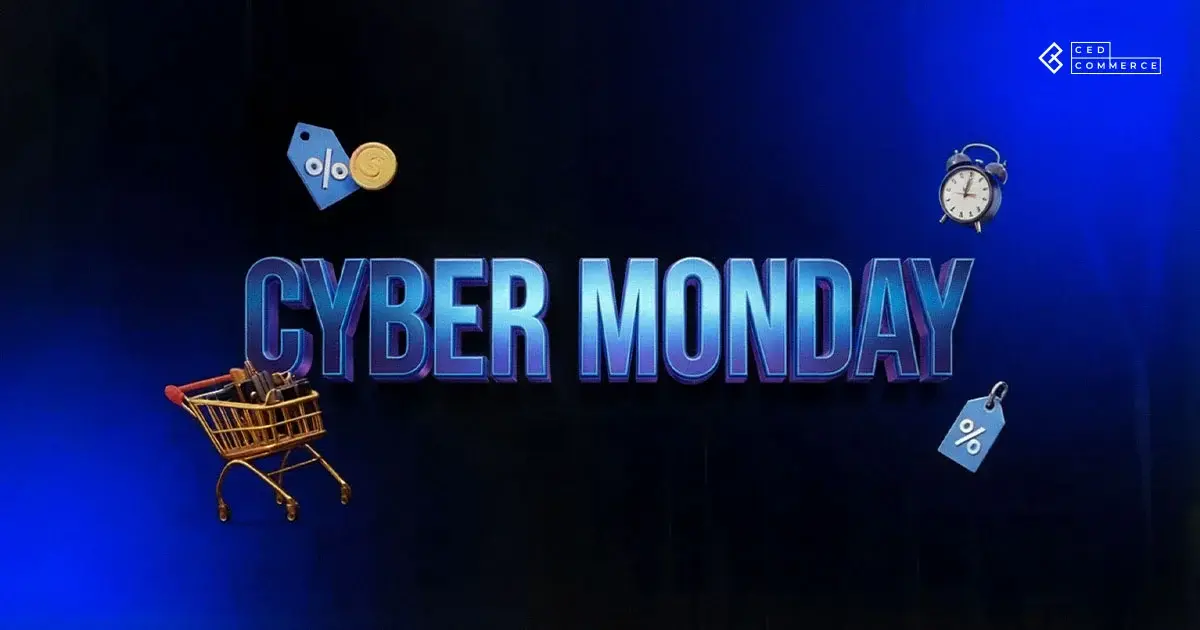
Reading Time: 3 minutesSummary Cyber Monday 2025 has officially become the largest online shopping day…

Reading Time: 2 minutesSummary Amazon kicked off December with two major developments shaping the future…
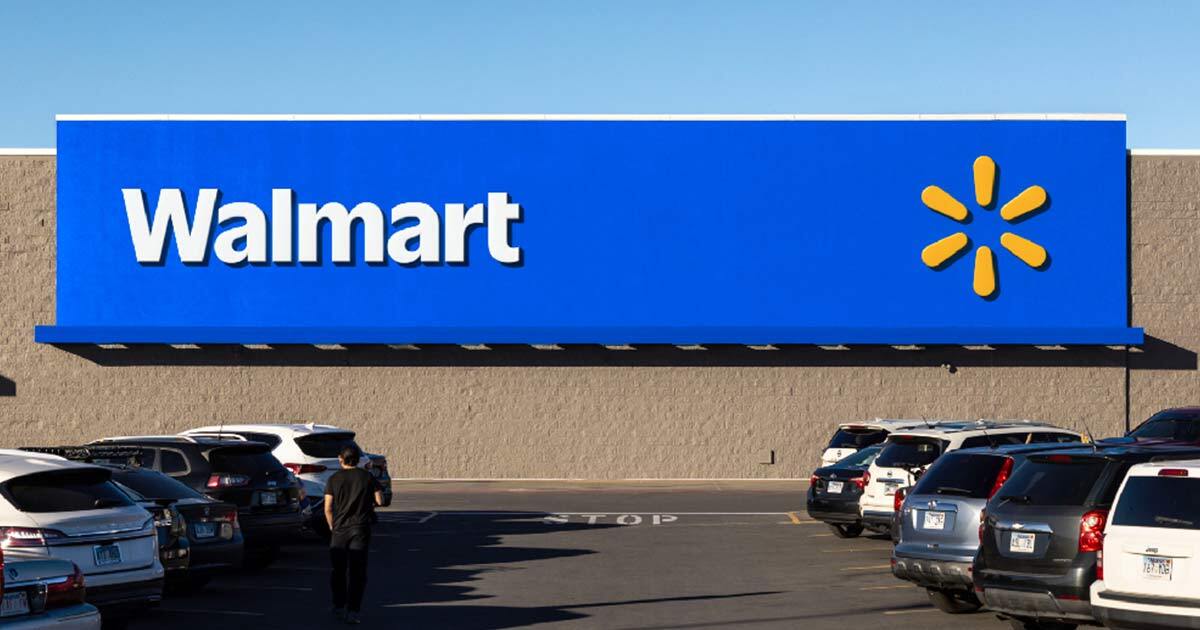
Reading Time: 2 minutesSummary Walmart has entered December with two major moves that signal a…
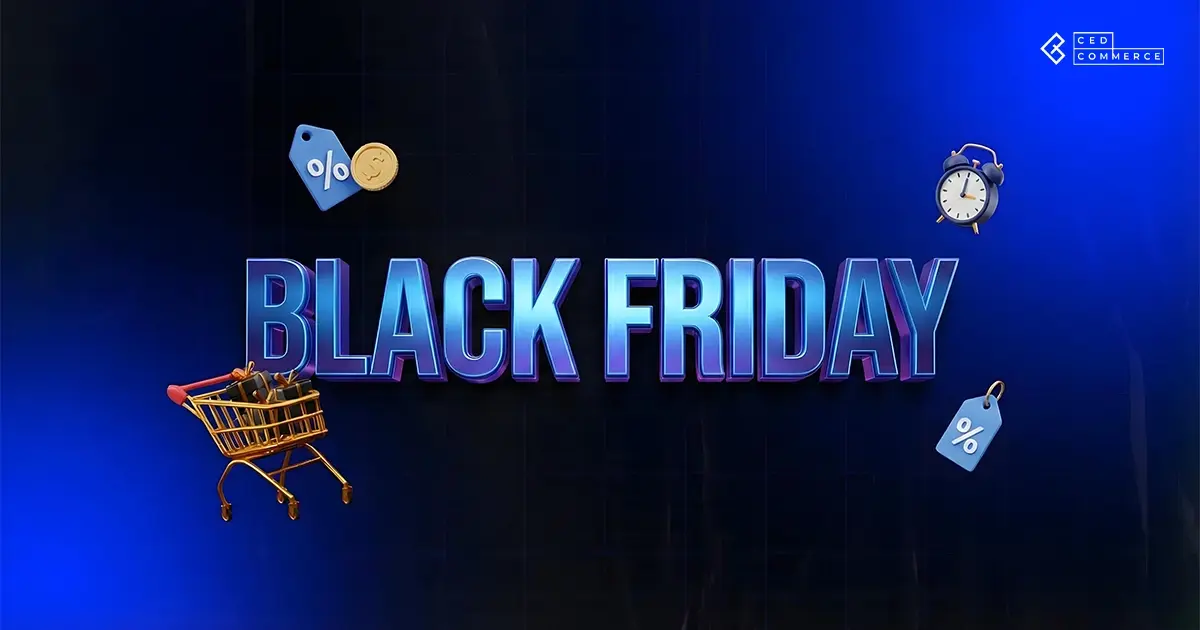
Reading Time: 2 minutesBlack Friday 2025 delivered the strongest U.S. eCommerce performance in history, as…
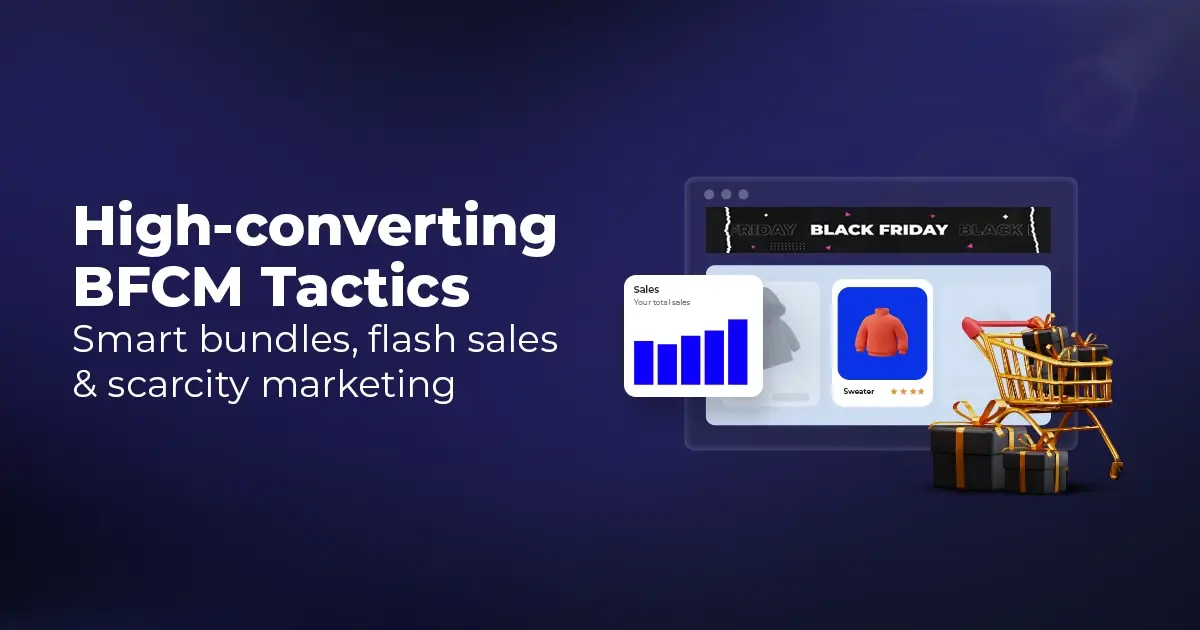
Reading Time: 13 minutesStill approaching BFCM with generic discounts, last-minute price cuts, or scattered promotions?…

Reading Time: 3 minutesTikTok Shop reached a major milestone during its largest U.S. “Global Black…

Reading Time: 3 minutesOpenAI has announced a new AI-powered shopping research tool designed to help…
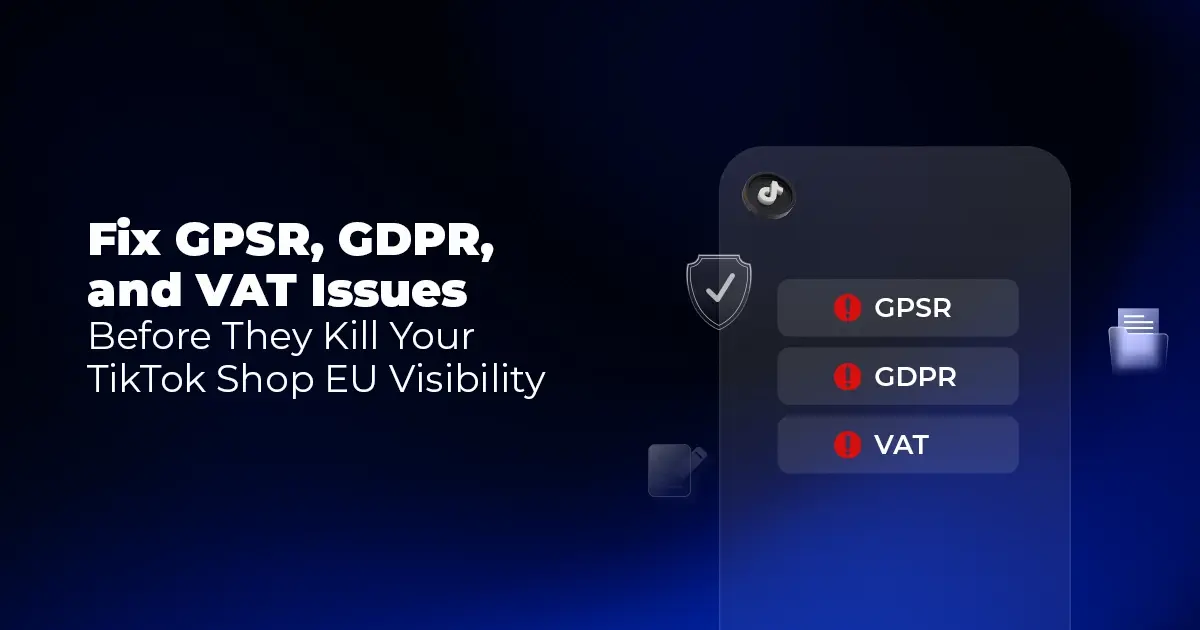
Reading Time: 9 minutesIf your TikTok Shop listings often sit in review or your visibility…

Reading Time: 3 minutesAmazon has rolled out a new “Seller Challenge” feature for eligible Account…

Reading Time: 3 minutesWalmart Marketplace has sharpened its requirements around product classification (category, type group,…

Reading Time: 3 minutesJust ahead of Black Friday, Amazon is enforcing tighter controls on its…

Reading Time: 11 minutesWhere holiday prep of past years focused on legacy channels like Amazon,…
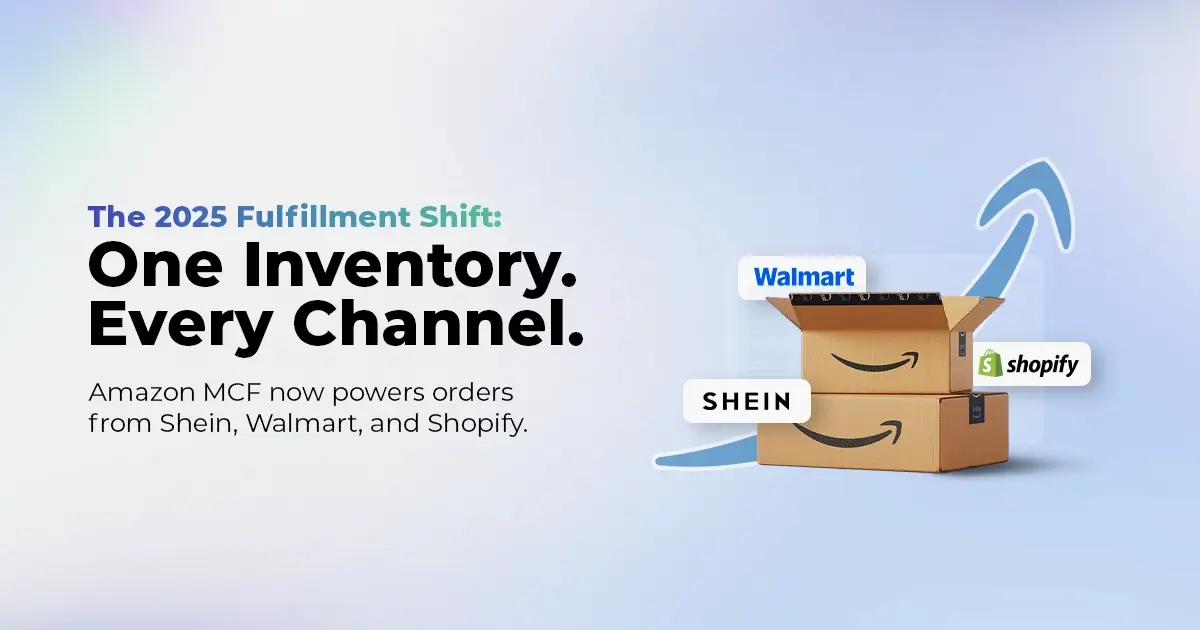
Reading Time: 11 minutesThe eCommerce shift you actually need to act on Multi-channel fulfillment has…
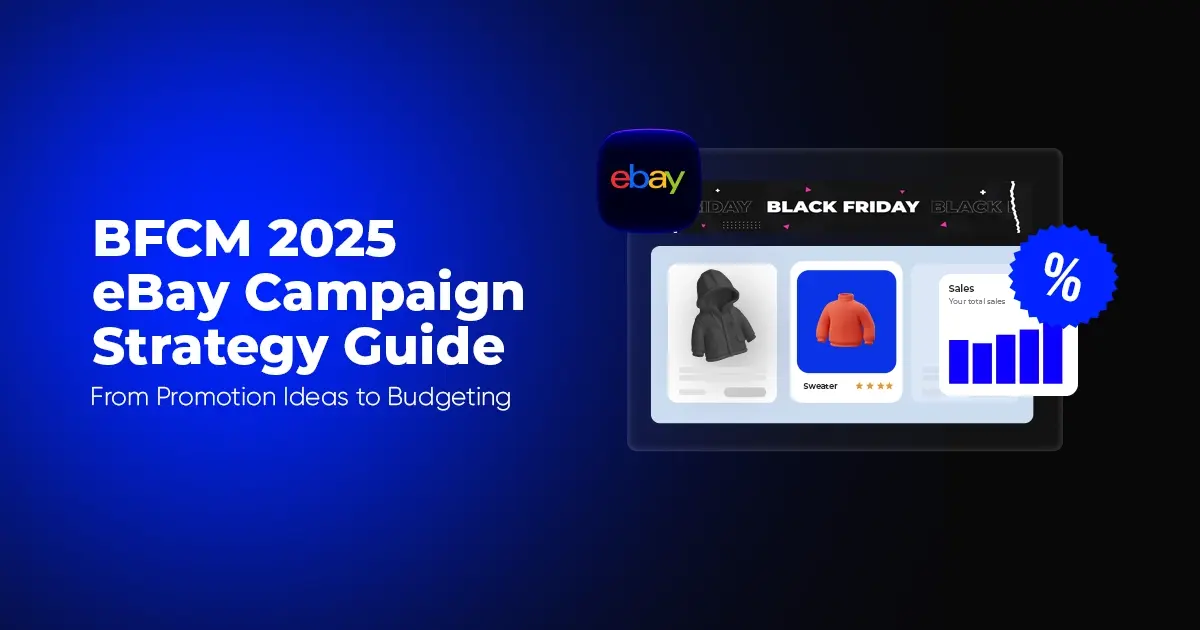
Reading Time: 10 minutesBlack Friday Cyber Monday (BFCM) isn’t a weekend anymore; it’s a two-month…

Reading Time: 2 minuteseBay is quietly testing a new feature that could reshape how buyers…

Reading Time: 2 minutesAmazon is stepping into a new era of value commerce with the…
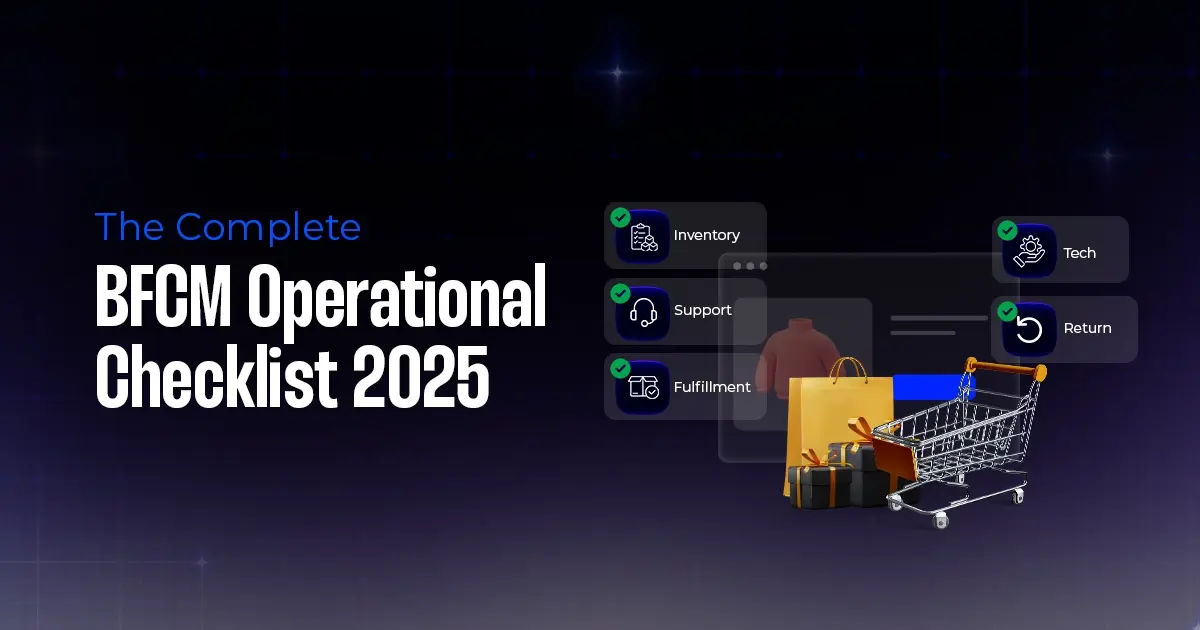
Reading Time: 11 minutesThe $240 Billion BFCM Opportunity & Why Operations Matter Every seller, business,…
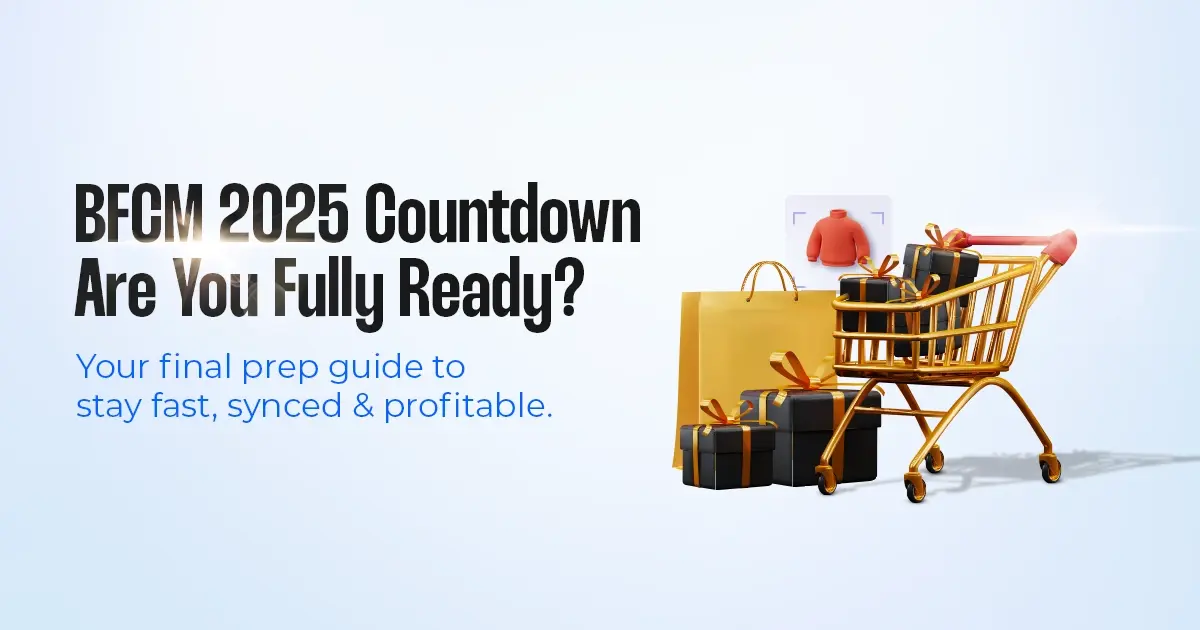
Reading Time: 7 minutesTL;DR — Your 60-Second BFCM Battle Plan Time remaining: 3 weeks until…
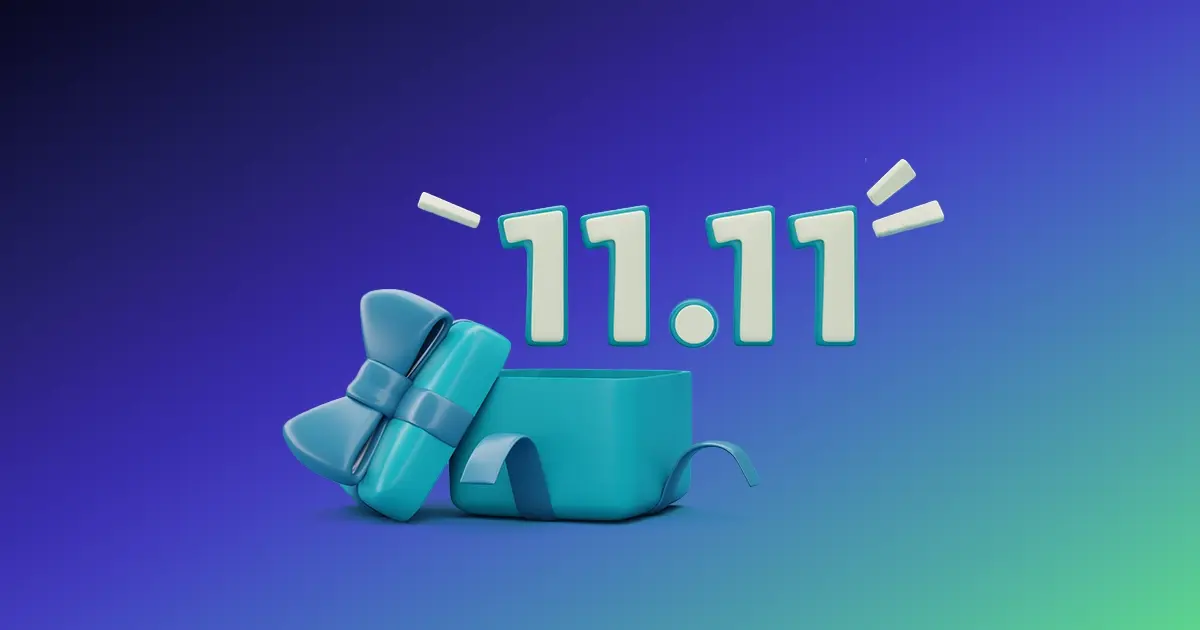
Reading Time: 2 minutesChina’s Double 11 shopping festival — the world’s largest annual online retail…

Reading Time: 2 minutesAs the holiday season approaches, TikTok Shop has released its September 2025…